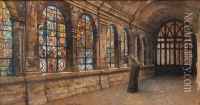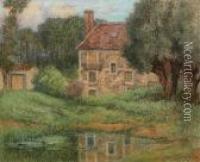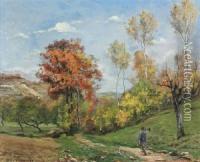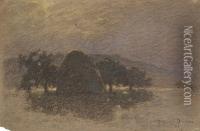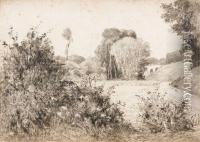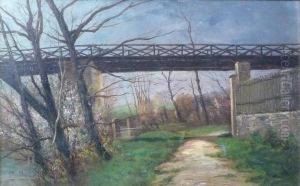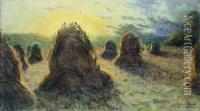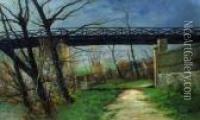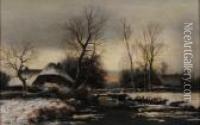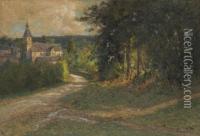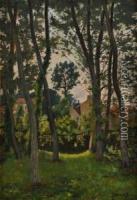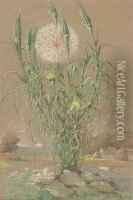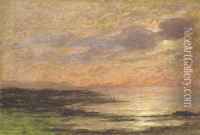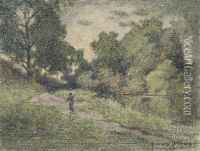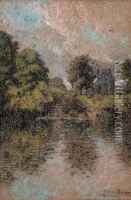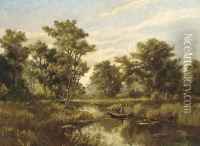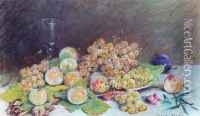Pierre Ernest Prins Paintings
Pierre Ernest Prins was a French landscape painter born on October 26, 1838, in Paris. Although not as widely recognized as some of his contemporaries, Prins was nevertheless an integral part of the French art scene during the latter half of the 19th century, particularly known for his contributions to the Barbizon School.
Prins started his artistic training under the tutelage of Camille Roqueplan, an accomplished French painter. He later continued his studies with Théodore Rousseau, who was a central figure in the Barbizon School, a movement named after the French village of Barbizon where artists would gather to paint nature directly from life. The Barbizon School was seen as part of a pre-Impressionist movement, with artists focusing on realistic landscapes and the transient effects of light, which would later influence the Impressionist painters.
Throughout his career, Prins was committed to plein air painting, a practice of painting outdoors that was central to the Barbizon School philosophy. He was known for his serene and atmospheric depictions of rural French landscapes, often featuring pastoral scenes, forest clearings, and riverside views.
Prins exhibited his work at the Paris Salon, the official art exhibition of the Académie des Beaux-Arts in Paris. His paintings received positive recognition and he was awarded medals in 1866, 1867, and 1869. Despite this success, Prins maintained a relatively low profile compared to some of his contemporaries. He was not as prolific or as commercially successful as some of the leading artists of his time, but his works were admired for their quiet beauty and technical proficiency.
Pierre Ernest Prins passed away on March 5, 1913, in Paris. Today, his artwork can be found in various art collections and museums, and while he may not be a household name, his contributions to the Barbizon School and to landscape painting remain significant. His paintings continue to be appreciated for their tranquil and contemplative qualities, capturing the essence of the French countryside during the 19th century.
